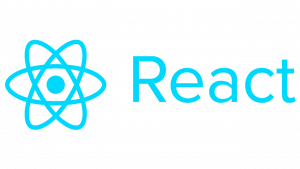Introduction to React Hooks
React Hooks revolutionized the way developers write React components by providing a simpler and more concise syntax for managing stateful logic. In this tutorial, we’ll delve into the world of React Hooks and explore how they can be used to build powerful, functional components.
What are React Hooks?
React Hooks are functions that enable developers to use state and other React features in functional components. They allow you to reuse stateful logic without changing your component hierarchy. React Hooks were introduced in React 16.8 and have since become an essential part of React development.
Why Use React Hooks?
- Simplify Component Logic: With React Hooks, you can encapsulate logic into reusable functions, making your components more readable and maintainable.
- Eliminate Boilerplate: Hooks reduce the need for class components and provide a cleaner syntax for managing state and side effects.
- Improved Code Organization: Hooks allow you to separate concerns and organize your code more effectively, leading to better architecture.
Basic React Hooks
1. useState Hook
The useState hook is used to add state variables to functional components. It returns a stateful value and a function to update it.
import React, { useState } from 'react';
function Counter() {
const [count, setCount] = useState(0);
return (
<div>
<p>Count: {count}</p>
<button onClick={() => setCount(count + 1)}>Increment</button>
</div>
);
}2. useEffect Hook
The useEffect hook allows you to perform side effects in functional components. It runs after every render and can perform cleanup as well.
import React, { useState, useEffect } from 'react';
function Example() {
const [count, setCount] = useState(0);
useEffect(() => {
document.title = `You clicked ${count} times`;
});
return (
<div>
<p>Count: {count}</p>
<button onClick={() => setCount(count + 1)}>Increment</button>
</div>
);
}Advanced React Hooks
1. useContext Hook
The useContext hook allows you to consume a context within a functional component.
import React, { useContext } from 'react';
const ThemeContext = React.createContext('light');
function ThemedButton() {
const theme = useContext(ThemeContext);
return <button style={{ background: theme }}>Themed Button</button>;
}2. Custom Hooks
Custom Hooks allow you to extract component logic into reusable functions.
import { useState, useEffect } from 'react';
function UseDocumentTitle(title) {
useEffect(() => {
document.title = title;
}, [title]);
}
function Example() {
const [count, setCount] = useState(0);
UseDocumentTitle(`You clicked ${count} times`);
return (
<div>
<p>Count: {count}</p>
<button onClick={() => setCount(count + 1)}>Increment</button>
</div>
);
}Conclusion
React Hooks provide a powerful way to manage state and side effects in functional components. By mastering useState, useEffect, useContext, and custom hooks, you can build robust and maintainable React applications. Experiment with these hooks in your projects and unlock their full potential!


